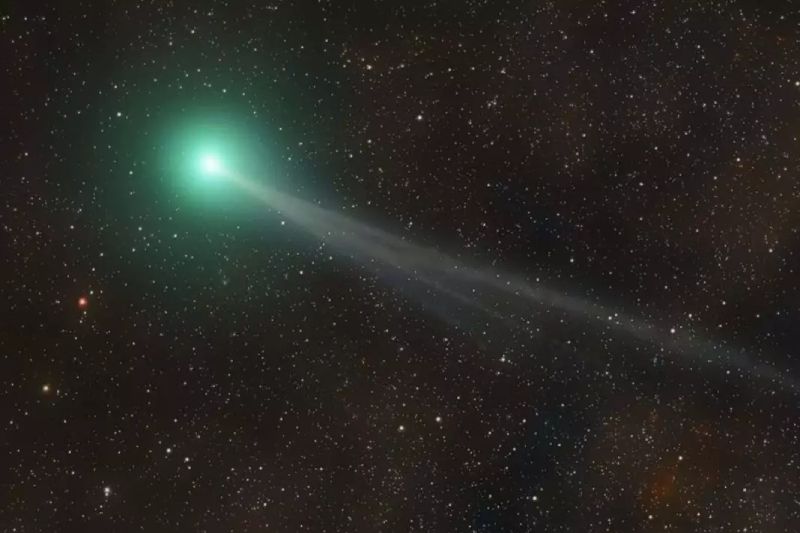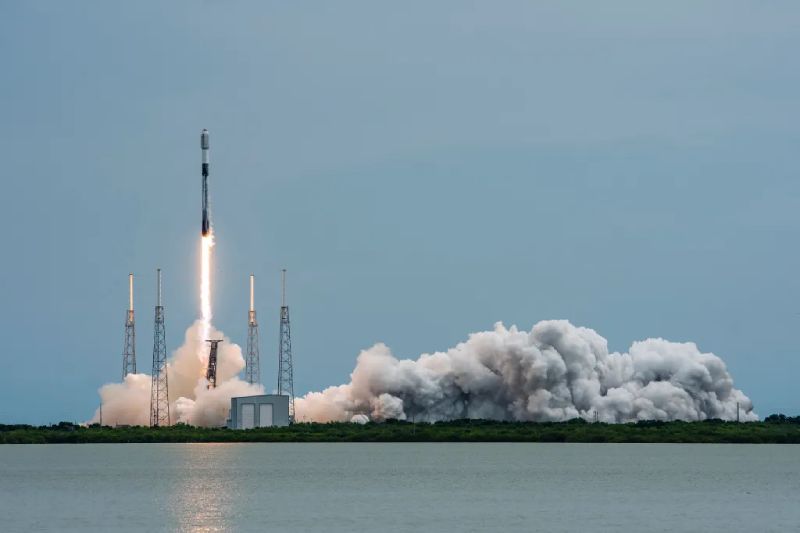“How about witnessing a once-in-a-lifetime celestial event? Comet Nishimura, a recent discovery, is currently traversing our section of the universe, but it will only be visible until September 17th before vanishing for the next 435 years.
Intrigued? There’s more! This comet, characterized by its greenish tint, is said to be a breathtaking spectacle. However, there are a few caveats. To catch a glimpse of Comet Nishimura, you’ll either need to stay up late or rise early since it’s only visible during the pre-dawn hours. Despite being labeled a ‘naked-eye comet,’ you’ll probably benefit from a pair of binoculars for optimal viewing.
Here are some essential tips for your Comet Nishimura stargazing experience, including when and where to look.
Why Comet Nishimura?
While its official designation is Comet C/2023 P1, it is more commonly referred to as Comet Nishimura in honor of Hideo Nishimura, the Japanese amateur astronomer who first spotted it.
How Far is Comet Nishimura?
According to astronomers, the comet is approximately 78 million miles (125 million kilometers) away from Earth, so there’s no need to worry about it reenacting a ‘Deep Impact’ scenario.
When and Where Can You Observe Comet Nishimura?
You should be able to spot Comet Nishimura in the eastern-southeastern sky near the Leo constellation and Venus about 90 minutes before dawn each day until September 17th. Both will appear a short distance above the horizon. Most skywatching apps, such as SkySafari and Night Sky, can assist you in locating them.
What are the Viewing Conditions Like for Comet Nishimura?
Weather plays a crucial role. This week’s forecast indicates mostly clear skies daily until September 17th, providing a decent chance for a clear view of the comet. However, since it’s monsoon season, occasional storms could disrupt visibility.
Where is the Best Location to Observe Comet Nishimura?
Choose a spot with an unobstructed view of the horizon, free from mountains, trees, or other obstacles. As with any stargazing endeavor, minimal light pollution, such as in rural areas or on the outskirts of town, will greatly enhance your experience.
Do You Need Binoculars or a Telescope?
While not mandatory, they will significantly enhance your viewing experience. As mentioned earlier, Comet Nishimura isn’t a true ‘naked-eye comet,’ so having a good pair of binoculars (50mm or larger) or a telescope with at least a four-inch length will help you get a closer and clearer look.”
Disclaimer: The views, suggestions, and opinions expressed here are the sole responsibility of the experts. No Topical Tidings journalist was involved in the writing and production of this article.


